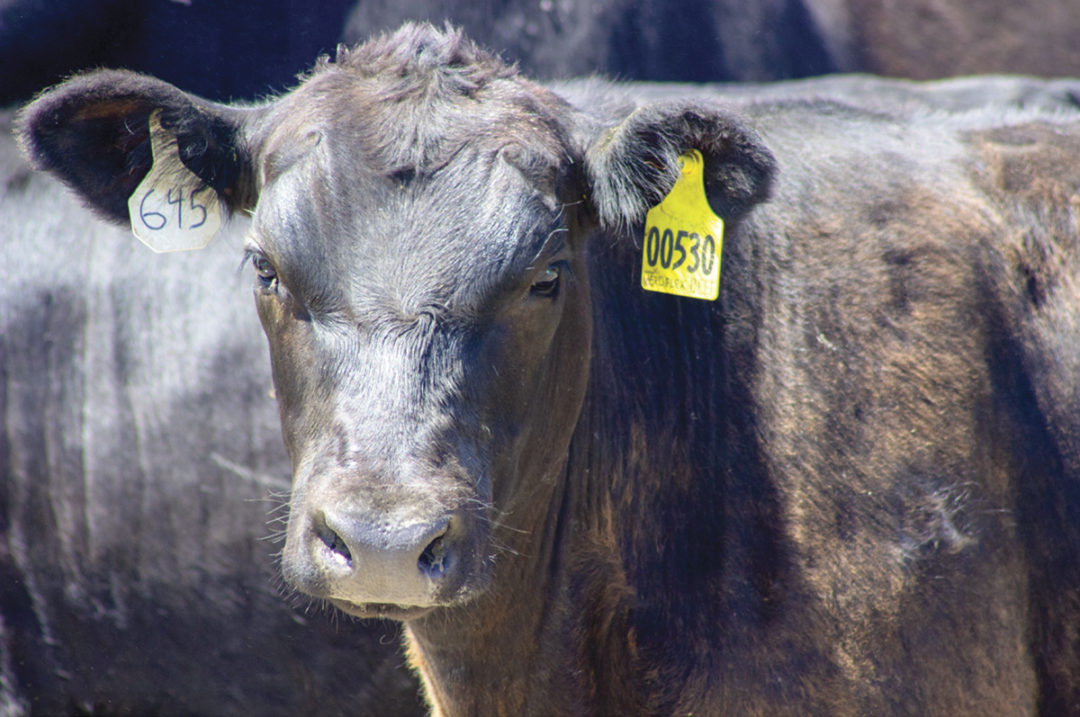Beef embryos can be an excellent revenue generator for dairy farmers investing in beef-on-dairy strategies. This technology has considerable potential to create additional income, even with a greater input cost compared to incorporating beef semen into a targeted reproductive program.
As with anything worth doing, adopting an embryo program is worth doing well. That means seeking embryos from high-value sires, developing marketing partnerships and understanding that one size doesn’t fit all when creating your plan.
Solid, successful programs are rooted in long-term strategic partnerships and thoughtful planning. Partners in the beef value chain or direct consumer sales can create longer-term income streams, diversifying a dairy’s offering beyond milk sales. Dairy farmers can be creative when brainstorming potential channels for calves, with unique opportunities available depending on your location, resources and risk tolerance.
Forward-thinking producers are also digging into the data to see what’s working, what can be improved and where the most significant profit potential exists.
Here are a few points to ponder.
Factor feed return-on-investment
Historically, farms have had opportunities to market day-old full beef calves at higher prices than day-old full-blood dairy calves or beef-on-dairy crossbred calves.
However, current market conditions have altered profit possibilities for full beef calves in a dairy system. Farms may want to consider retained ownership options, especially with new research demonstrating the feed efficiency edge these full beef calves bring.
Focus has shifted from immediate returns to taking a longer view of profitability.
For instance, feed efficiency tops the benefits list for strategically utilizing in vitro fertilization (IVF) beef embryos. That’s because higher feed efficiency reduces feeding costs, increasing the attractiveness of retained ownership returns.
Data show an average daily gain (ADG) of 3.5 pounds per day for full beef calves, an improvement compared to crossbred calves netting an ADG of 3.3 pounds per day.
Improved ADGs also positively influence overall financial performance by reducing the time needed to finish animals.
Fewer days on feed mean fewer resources needed to raise animals to target weights – whether marketing calves as feeders or finishing through harvest. This factor is also essential to anyone buying day-old or feeder calves since they must seek feed efficiencies, so this information is helpful to dairies working to build relationships with cattle feeders.
The differences between full beef cattle and crossbreds are quantifiable. Research shows:
- Full beef calves also demonstrate a better feed-to-gain performance than crossbred calves, averaging a 6.6 pounds per day feed-to-gain ratio compared to crossbred calves at 7.1 pounds per day.
- Beef-on-dairy cattle exhibited a 1-unit lesser (P less than 0.01) dressing percentage than beef cattle. This means crossbred animals are less efficient than full-blood beef animals.
Additionally, new Texas Tech University data shows the feedlot and carcass performance of straight-bred beef cattle were similar – regardless of whether they were raised in a traditional cow-calf system or at a calf ranch. This study tested various economically relevant characteristics like ADG, feed intake, hot carcass weight, USDA grade yield and marbling scores.
The study reviewed traditional commercial beef calves raised on the range, commercial beef embryo calves gestated by dairy cows and raised on a calf ranch, and beef-on-dairy crossbred calves raised on a calf ranch.
Results confirmed calves raised on calf ranches performed similarly to calves raised in a traditional cow-calf system. Results also indicate beef-on-dairy cattle had poorer feed efficiency when adjusted for mature size than straight-bred beef cattle.
The occurrence of liver abscesses in crossbred animals does crop up in conversations. This concern is less prevalent in full-blood beef calves. While more research is needed surrounding the causes and implications, the correlation creates some hesitation among cattle raisers and packers.
Consider cost and opportunities
Adding to the opportunity for full beef IVF calves is the fact that the national beef herd is rebuilding from a 52-year low and five consecutive years of decline. These opportunities – and profit potential – will likely increase significantly over the next few years as feedlots and packers seek to fulfill market demands.
Additionally, beef embryo economics benefit more than just the dairy farm implementing this strategy. The resulting full beef calves help streamline the production process and effectively meet market demands for beef production. This increased supply stabilizes consumer prices and fuels economic growth by protecting jobs in the processing, distribution and retail sectors as traditional beef herd numbers remain thin.And IVF can fit nicely within a dairy’s targeted reproductive program while providing increased calf value. Even with higher calf prices for full-blood dairy calves and crossbred calves, full beef calves are also in demand.
To put this in perspective, here are a few scenarios of potential financial gains obtained if a 1,000-cow dairy successfully uses beef embryos on 50% of their herd, assuming a readily achievable 30% conception rate:
- 300 calves at $50 premium = $15,000
- 300 calves at $250 premium = $75,000
- 300 calves at $400 premium = $120,000
As mentioned, these premiums depend on deliberate marketing plans and relationships, as well as a variety of market forces.
Put paper to pencil
Farmers can capitalize on several potential benefits by strategically integrating beef embryos into dairy herds through IVF, with increased revenue at the core. While the traditional approach of raising dairy-beef crossbred calves has its merits, it is essential to recognize that full-blood beef embryos offer more efficiency and packer-sought carcass consistency.
Incorporating beef embryos into a targeted breeding program helps create higher-value terminal animals for the market. Still, it also allows for more precise genetic selection, resulting in calving ease, marbling and other key production traits valued by the beef production chain.
The full-beef embryo method reduces the challenges of managing crossbred calves, which can be less predictable regarding marketability.
Beef embryos offer dairy herds a forward-thinking strategy that aligns with the growing demand for economically viable practices.









